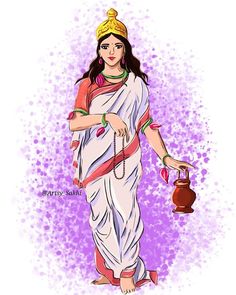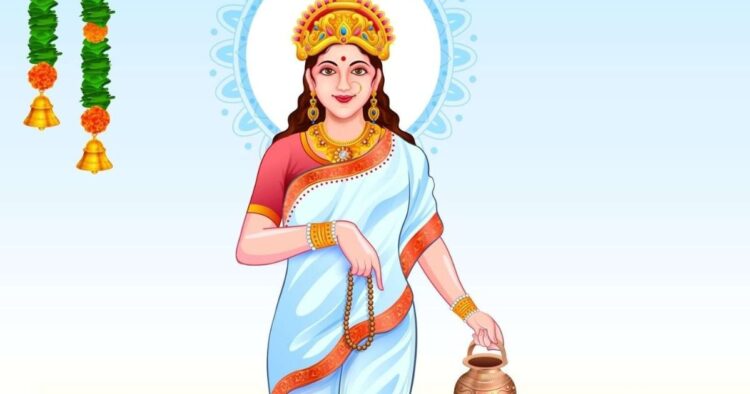- Chaitra Navratri runs from March 30 to April 7, celebrating nine forms of Goddess Durga, with Day 2 dedicated to Goddess Brahmacharini.
- The second day’s Shubh Muhurat (Dwitiya Tithi) is from 09:19 AM on March 30 to 05:41 AM on March 31; the color is white, and the flower is Jasmine.
- Goddess Brahmacharini is depicted as a calm, peaceful figure who performed intense penance to marry Lord Shiva, symbolizing purity and simplicity.
Chaitra Navratri, also known as Vasanta Navratri, will be celebrated from March 30 to April 7 this year. It’s a nine-day festival honoring the nine forms of Goddess Durga, with each day dedicated to a different form. On the second day, the focus is on Goddess Brahmacharini, an unmarried form of Goddess Parvati.
Chaitra Navratri starts with the first day of the Hindu lunisolar calendar and ends with the celebration of Rama Navami on the ninth day. During this time, people in India fast, perform prayers, and recite religious texts.
On Day 2 of Navratri, devotees worship Maa Brahmacharini and observe a fast to seek her blessings. A special puja is also performed. In Maharashtra, the festival starts with Gudi Padwa, while in Andhra Pradesh and Karnataka, it coincides with the Hindu New Year, Ugadi.
Chaitra Navratri Day 2 Shubh Muhurat
According to Drik Panchang, the second day of Chaitra Navratri, known as Dwitiya Tithi, starts at 09:19 AM on March 30 and ends at 05:41 AM on March 31. The color of the day is white, and the flower used to worship Goddess Brahmacharini is Jasmine. The mantra to chant on this day is: “Om Devi Brahmacharinyai Namah.”

Goddess Brahmacharini Significance
Goddess Brahmacharini is shown as a calm and peaceful figure. She is dressed in white and walks barefoot. In one hand, she holds a rudraksha mala (prayer beads), and in the other hand, she holds a water pot (kamandal). Her calm face symbolizes purity. This image reflects her simple and disciplined life and her deep connection with Lord Shiva.
According to the mythological stories, Goddess Brahmacharini was born in Daksha Prajapati’s home. She did severe penance to win Lord Shiva as her husband. For many years, she only ate Bilva leaves, flowers, fruits, and vegetables, and slept on the floor.
Later, she stopped eating completely and continued her penance without food or water. Impressed by her determination, Lord Brahma blessed her, and she became Lord Shiva’s wife.

















Comments